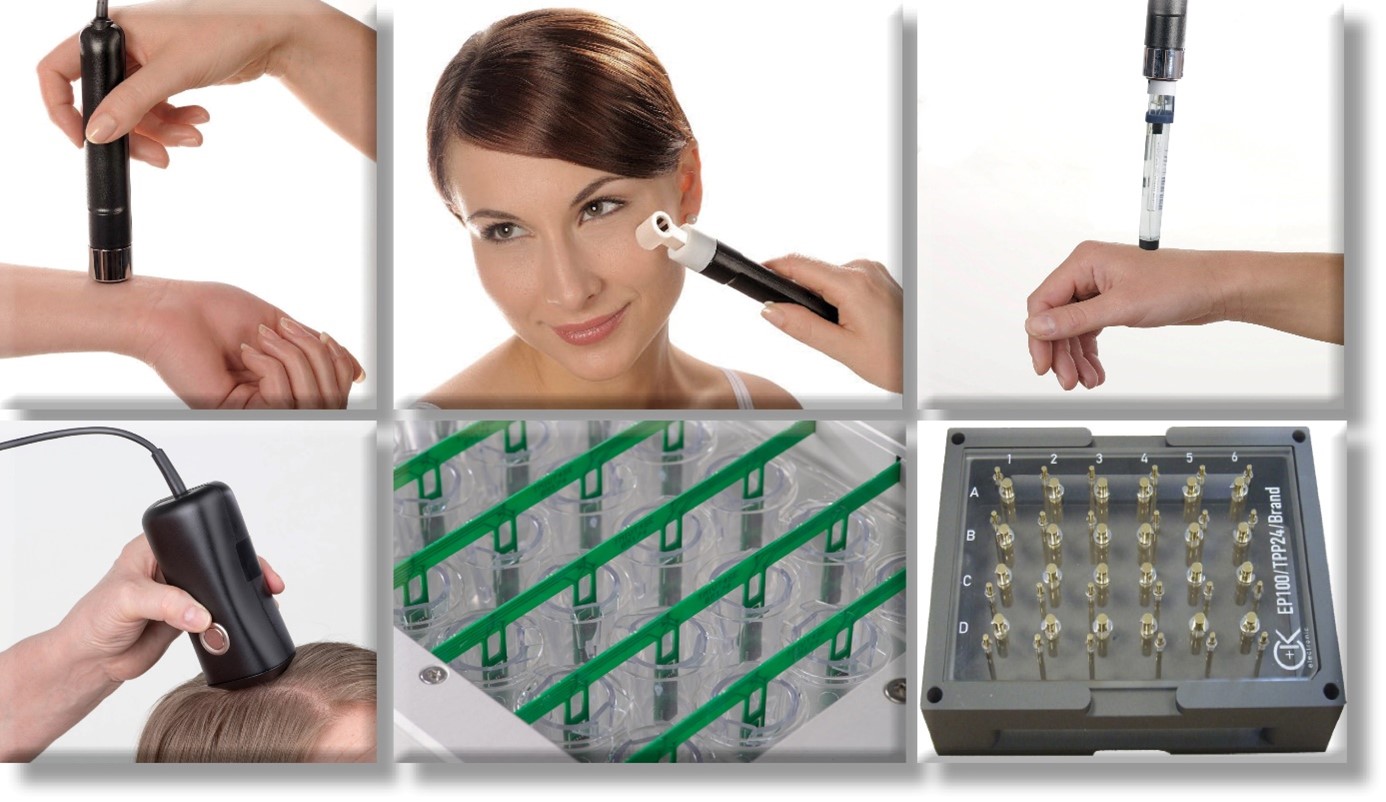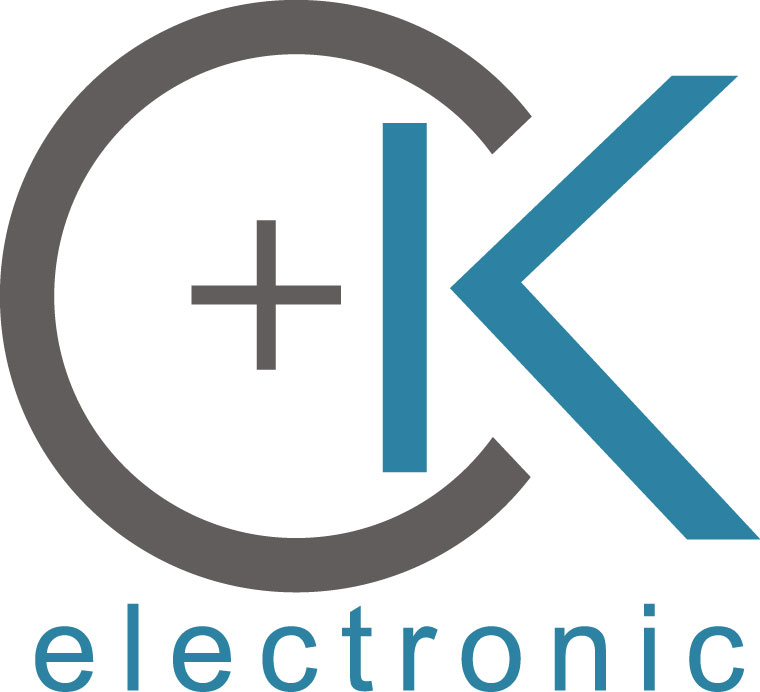Safety & tolerance testing – Basics for every skin care product by Courage & Khazaka via FOCUS #11
2 December 2024

The measurement of the transepidermal water loss TEWL is an important, if not the most important parameter in assessing the influence of a product on the skin barrier. When skin is damaged, the close cohesion of skin cells is disrupted. This makes it easier for external irritants to enter, and results in increased evaporation from the skin. If the barrier is significantly impaired by the application of a product, this product cannot be considered safe. The Tewameter® TM Hex is the benchmark standard instrument of cosmetic and pharmaceutical industry to measure TEWL.
With its 60 sensors, it is very accurate, reproducible and easy to use. A reliable measurement is available in as quick as 20 seconds. The measurement uncertainty can be monitored during the measurement. In addition to the classic TEWL result, the high amount of measuring values generated by the probe delivers new, innovative parameters that can support other product claims (such as skin energy balance and others).
Another basic parameter for safety and tolerance and identifying sensitive skin is erythema. It may occur after immediate or prolonged application of the product indicating irritation. The Mexameter® assesses this parameter within a second and is suitable to monitor even smallest colour changes on a scale from 0 to 999, not necessarily visible with the eye. An impaired skin barrier also goes hand in hand with changes in other biophysical skin parameters such as moisture and lipid deficiency, insufficient acid mantle or reaction to temperature (heat and cold) and more.
Having a set of probes including Corneometer®, Sebumeter®, Skin-pH-meter and Skin-Thermometer is an excellent basis for testing the compatibility of products quickly and comprehensively in-house backed-up by extensive literature. A sophisticated software supporting all C+K probes makes documenting your tests a simple task. Camera systems such as Visioscan® that evaluate e.g. scaling and surface structure are a valuable addition to the qualitative data of the probe devices.
However, despite all the progress in measurement technology, customer perception about the skin state after applying a product should also be taken into account.
With the ban of animal testing for cosmetic products, in vitro measurements are another main players, especially in the areas of safety and tolerability of topical applied products. To observe how the TEWL is affected and improved, ingredients and products are applied to skin models. With the Tewitro®, TEWL measurement can quickly and easily detect barrier damage on 24 cell cultures simultaneously. The probe is set on top so that each of its 24 measurement tips protrudes into one well. The measurement tip is equipped with two pairs of sensors that continuously measure temperature and relative humidity, indirectly capturing the concentration gradient of water vapour from the bottom of the well through the skin model to the surface.
To replace the infamous Draize-eye test where chemicals’ risk potential is tested by applying it to rabbits’ eyes, non-animal test strategies, such as TEER (Transepithelial Electrical Resistance) measurements on cultured tissue well plates, are becoming increasingly important in the industry since they are providing valuable information about integrity and health of epithelial barriers. Electrical impedance spectroscopy is a known and valuable method to provide quantitative data about tissue barrier integrity and tissue growth after chemical exposure by measuring electrical properties of skin models.
A low frequency alternating current is applied, and the resistance of the barrier and phase shift of the signal are measured. A reduced TEER value is an indicator of a compromised barrier. The easier the current flows between the cells, the lower the TEER value. With the ultrasensitive impedance spectroscopy device CellSpectrometer CMS 2100 (coming out soon), TEER can be assessed at 12.5 and 1000 Hz in 24 wells simultaneously as fast as in a total time of 15 seconds, while additionally, a full impedance spectrum from 1 Hz to 200 KHz is available in less than 2 minutes, sufficiently sensitive to cell structure integrity on single cell levels.
There is no optimal method to determine product safety and tolerability. The subject is complex and manifests itself in many different ways on the skin. For almost 40 years, we have made it our mission to provide sophisticated, easy-to-use skin measurement methods in this field and are constantly developing new solutions.

Georg Khazaka, General Manager
+49-221-9564990







 Follow us on Linkedin!
Follow us on Linkedin!
You must be logged in to post a comment.